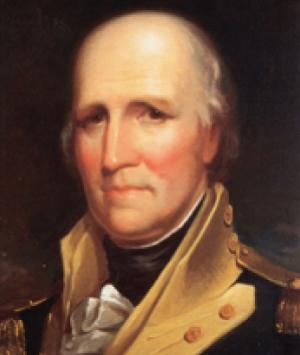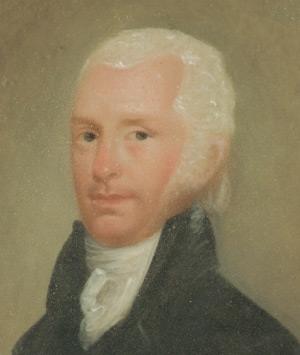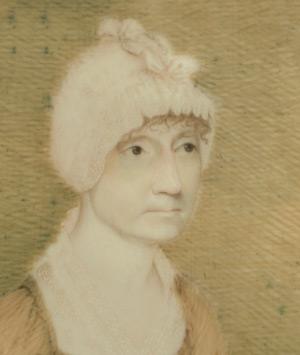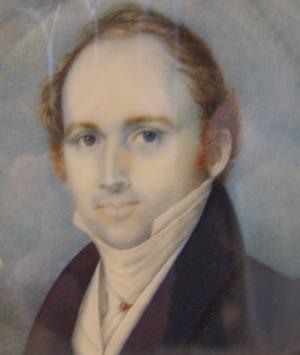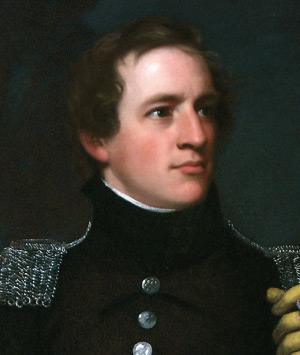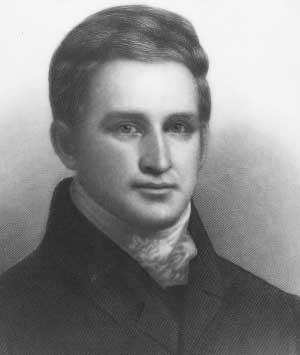The Croghan Children
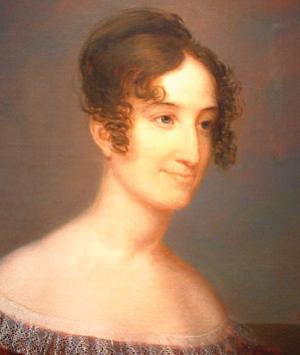
Ann Croghan Jesup
1797-1846
Ann married General Thomas Sidney Jesup, Quartermaster General of the United States Army between 1818 and 1860. Her family lived in Washington City, where Jesup was stationed during most of his long and distinguished military career, traveling often to Locust Grove.

Elizabeth Croghan Hancock
1801-1833
In 1819 she married George Hancock, son of a Virginia planter and her uncle William Clark’s brother-in-law. They owned Locust Grove from 1828 to 1834. Her husband sold the property to John Croghan upon Eliza’s death during a cholera epidemic.

Charles Croghan
1802-1832
Twin to Nicholas. Attended St. Thomas College near Springfield, KY. On a trip to Europe seeking a cure for his illness with his physician brother John, Charles died, presumably of tuberculosis, and is buried in Père Lachaise Cemetery in Paris. He may have built a house on property he owned near the Ohio River.

Nicholas Croghan
1802-1825
Twin to Charles. Nicholas lost an eye while playing on a fallen tree at age 5. He attended Buck Pond Academy in Woodford County, Kentucky, and then St. Thomas College, and finally Transylvania College, but he died, presumably of tuberculosis, at Locust Grove.

Edmund Croghan
1805-1821
Edmund, always sickly, attended Transylvania College and died young, probably of tuberculosis.
Notable Extended Family

Mary [Croghan] Schenley
1826 – 1903
Daughter of William Croghan, Jr. and Mary O’Hara Croghan.
